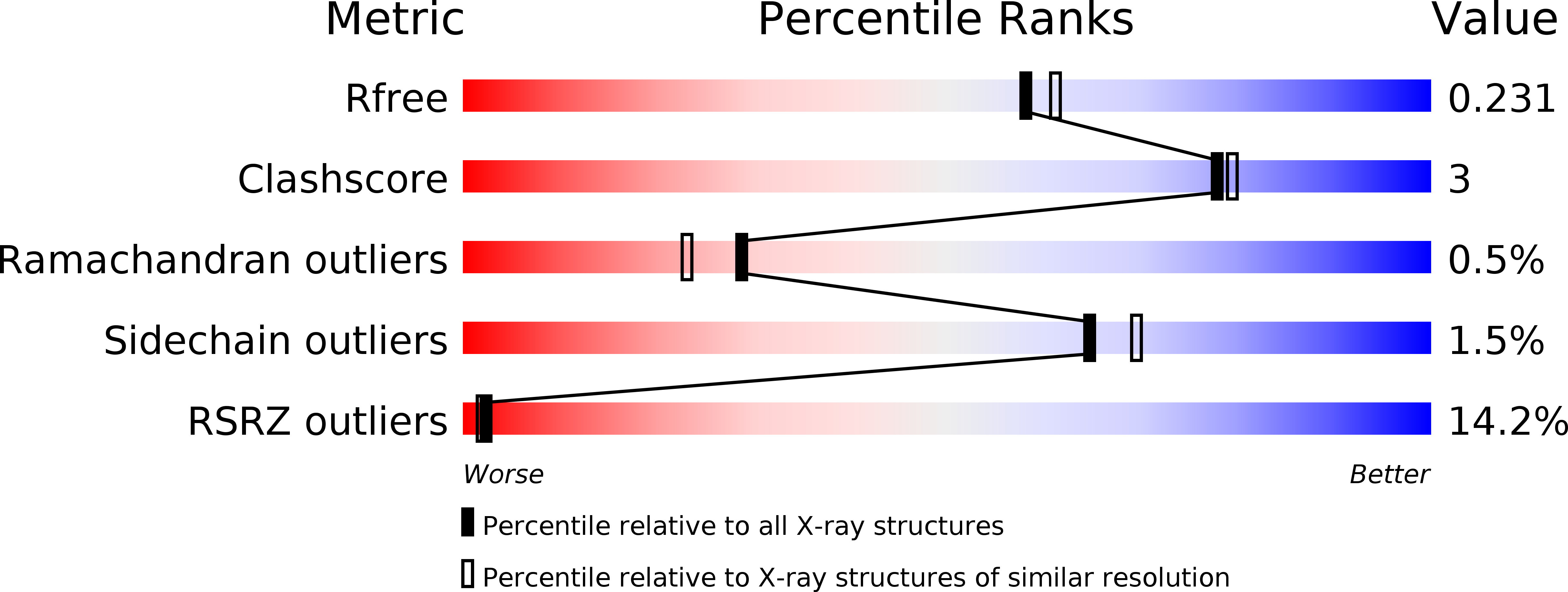
Deposition Date
2008-05-13
Release Date
2009-06-02
Last Version Date
2023-12-13
Entry Detail
Biological Source:
Source Organism:
ARABIDOPSIS THALIANA (Taxon ID: 3702)
HOMO SAPIENS (Taxon ID: 9606)
HOMO SAPIENS (Taxon ID: 9606)
Host Organism:
Method Details:
Experimental Method:
Resolution:
2.01 Å
R-Value Free:
0.22
R-Value Work:
0.18
R-Value Observed:
0.18
Space Group:
P 21 21 21


